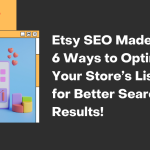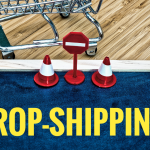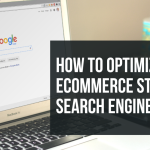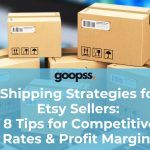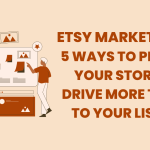Building a strong brand identity and voice is crucial for the success of your ecommerce store. A well-defined brand identity can help you stand out from competitors, build customer loyalty, and establish a connection with your target audience. In this article, we’ll discuss tips and best practices for building your ecommerce store’s brand identity and voice.
1. Define your brand values and mission
Start by defining your brand’s values and mission. What do you stand for? What are your goals? Your brand values and mission will shape your brand identity and guide your marketing strategy. Make sure your values and mission align with your target audience’s values and needs.
2. Develop your brand personality
Your brand personality is the human characteristics associated with your brand. It includes the tone of voice, style, and emotions your brand communicates. Develop your brand personality by defining your tone of voice, visual identity, and messaging. Your brand personality should be consistent across all marketing channels.
3. Create a memorable brand name and logo
Your brand name and logo are the most recognizable elements of your brand identity. They should be memorable, unique, and represent your brand values and personality. Your brand name and logo should be consistent with your brand’s messaging and tone of voice.
4. Use storytelling to connect with your audience
Storytelling is a powerful way to connect with your audience and build a relationship with them. Use storytelling to communicate your brand’s values, mission, and personality. Share your brand’s story and the stories of your customers to create an emotional connection with your audience.
5. Be consistent across all channels
Consistency is key to building a strong brand identity and voice. Ensure that your messaging, visual identity, and tone of voice are consistent across all marketing channels, including your website, social media, email marketing, and advertising.
6. Engage with your audience
Engaging with your audience is essential for building a strong brand identity and voice. Respond to customer inquiries and feedback promptly, and use social media to engage with your audience and build a community. Encourage user-generated content and feature it on your website and social media channels.
Conclusion
Building a strong brand identity and voice is a crucial part of the success of your ecommerce store. Define your brand values and mission, develop your brand personality, create a memorable brand name and logo, use storytelling to connect with your audience, be consistent across all channels, and engage with your audience. By following these tips and best practices, you can build a strong brand identity and voice that resonates with your target audience.







